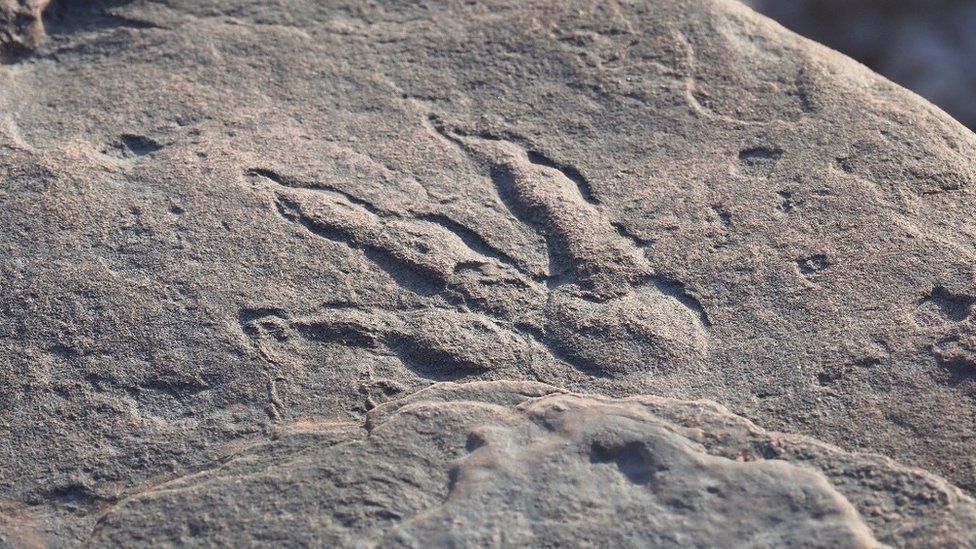Talks, field trips and events organised by west country geological organisations are publicised on this blog. Discussion about geological topics is encouraged. Anything of general geological interest is included.
Saturday 30 January 2021
Footprint on the Beach
Tuesday 26 January 2021
Dinosaurs - Fundamental Matters
Dinosaurs - Fundamental Matters
Sunday 17 January 2021
Where will your Electric Car really come from?
Where will your Electric Car really come from?
Where will your Electric Car really come
from?
A study of the future availability of
metals vital to emerging technologies
An on-line lecture by Professor Frances
Wall of the Camborne School of Mines
Many countries including the UK have
ambitious targets for a change from petrol and diesel vehicles to electric
cars. The race is on, not only to get us to drive electric vehicles but to
manufacture the cars and batteries. Other technologies such as wind turbines
and a growing range of electronic devices are also needed for the sustainable
society. What is often forgotten is that
the raw materials need to come from somewhere. New electric vehicles, and our
other digital and clean technologies, need new metals. Not only do we need to
find and mine enough of the technology metals like lithium, cobalt and rare
earths, we need to make sure their production is contributing
to sustainable development, not detracting from it.
Professor Frances Wall is Professor of Applied
Mineralogy, Camborne School of Mines, University of Exeter. She specialises in
technology raw materials, especially rare earth elements, with interests in
geology, processing, responsible sourcing and the circular economy. Frances has
been leading two international consortium research projects on critical metals
supply and now also leads a UK interdisciplinary Centre promoting the circular
economy of technology metals. Frances was named one of the 100 Global Inspirational
Women in Mining 2016 and awarded the William Smith medal of the Geological
Society of London for applied and economic aspects of geology in 2019.
This on-line event
takes place: 1st February 2021
7.30pm GMT
Book on
Eventbrite £2 BRLSI members £5 visitors:
Footprints of Mass Extinction Survivor
Footprints of Mass Extinction Survivor
Mary Anning Statue
Mary Anning Statue
Thursday 14 January 2021
Megalodon Teeth
Megalodon Teeth
Von Mises stress distribution plots in the anterior (Ant.), lateral (Lat.), and posterior (Post.) teeth of the five analysed otodontid species, simulating (a) puncture and (b) draw scenarios with scaled force magnitude. Mesial is left, distal is right. Arrows indicate loading points. Grey areas represent von Mises stress values higher than 5 GPa and 10 MPa in each of the scenarios, respectively.
Jet Stream History
Jet Stream History
Monday 11 January 2021
Pregnant Megaladons - Avoid!
Pregnant Megalodons - Avoid!
Examples of examined vertebrae of Otodus megalodon (IRSNB P 9893). (a) One of the largest vertebrae (‘centrum #1ʹ) in IRSNB P 9893 (scale bar = 10 cm; photograph courtesy of IRSNB). (b) Computed tomographic image showing sagittal cross-sectional view of vertebra depicted in (a) (scale bar = 5 cm). (c) Computed tomographic image of sagittal cross-sectional view the largest vertebrae (‘centrum #4ʹ) in IRSNB P 9893 showing incremental grown bands presumably formed annually (* = centre of vertebra; scale bar = 1 cm)
Wednesday 6 January 2021
DOWN TO EARTH EXTRA - JANUARY 2021






